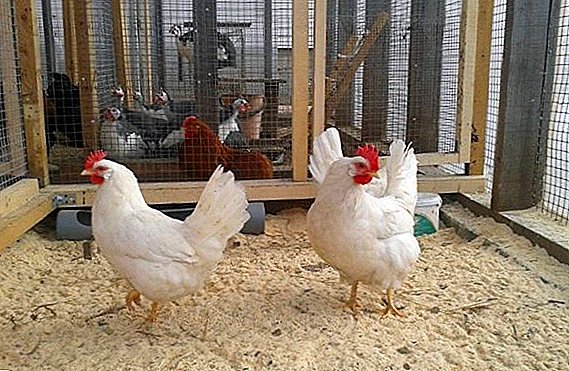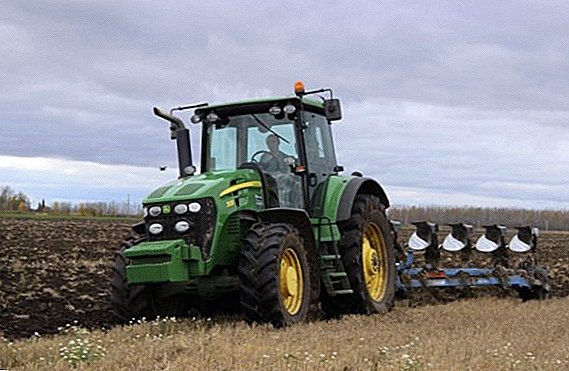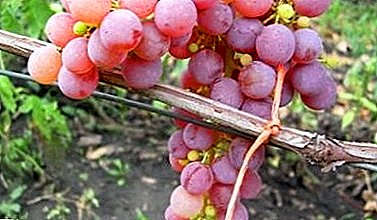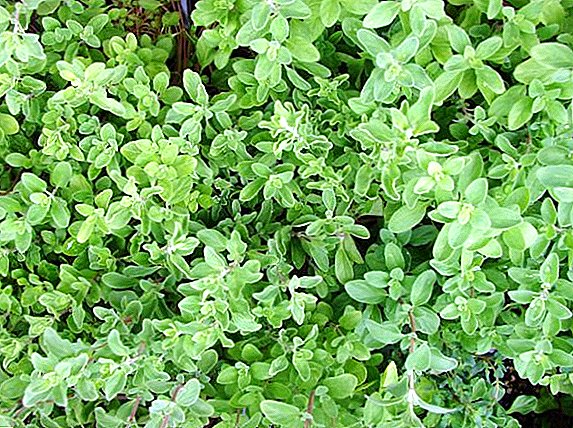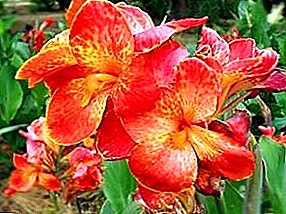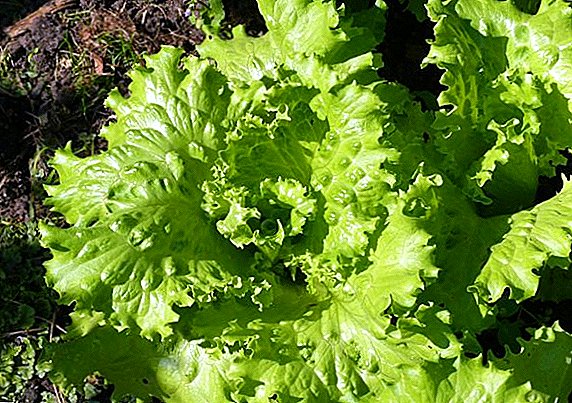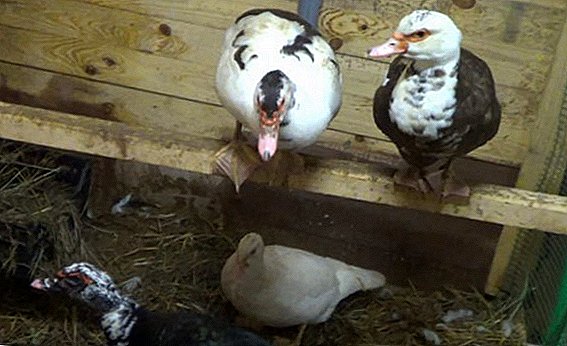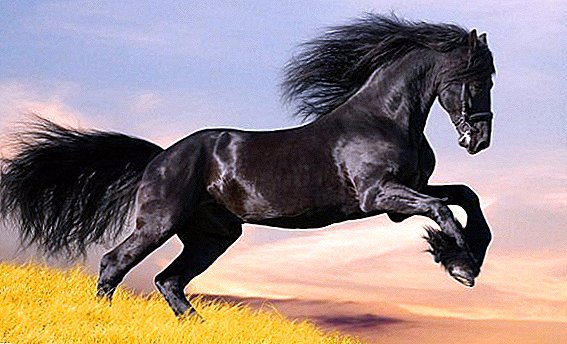 In contrast to the usual heavy horses, horses of the Persheron breed have much more remarkable characteristics, and, above all, it is their height (at the withers reach 175 cm, and sometimes more). Compared with their fellows, they look like real giants capable of coping with any task, so they simply cannot fail to attract attention.
In contrast to the usual heavy horses, horses of the Persheron breed have much more remarkable characteristics, and, above all, it is their height (at the withers reach 175 cm, and sometimes more). Compared with their fellows, they look like real giants capable of coping with any task, so they simply cannot fail to attract attention.
The history of the formation of the breed
This French breed was bred in the small town of Persh in the early 19th century. The blood of Arabian stallions and western western type French horses are flowing in the veins of modern representatives. Percherons began to be imported to Russia at the beginning of the XIX century, and they were grown mainly in the Ulyanovsk region at the October plant.  In the old days, the Persheronian horses were used for military purposes, and during the reign of the Count of Monte Cristo, they were engaged in hauling Paris stagecoaches and omnibuses. The strength and endurance of horses of this breed were largely due to the favorable climatic conditions at the place of their launch - in the French province of Persch.
In the old days, the Persheronian horses were used for military purposes, and during the reign of the Count of Monte Cristo, they were engaged in hauling Paris stagecoaches and omnibuses. The strength and endurance of horses of this breed were largely due to the favorable climatic conditions at the place of their launch - in the French province of Persch.
Description and features
In addition to remarkable growth, the Persheron horses can boast of other, no less noticeable features: an unusual suit and a large build. In addition, intending to breed such giants, it is necessary to take into account their temper and behavior.
Did you know? The largest representative of the breed in history is born in 1902, Dr. Le Jer. The weight of this horse was 1370 kg, and in height it reached 2.13 cm.
Exterior, height and weight
The entire appearance of the Percheron speaks of their power, and to be sure of the greatness of these horses, it is enough to look at the following characteristics:
- height at withers - 162-175 cm;
- torso length - about 169 cm (for both sexes);
- chest girth - 197-202 cm;
- pastern circumference - 22.7-24.4 cm.
 The withers of these horses are slightly raised, which is typical of strong horses. The croup is powerful and long, and the back, though short, but well set, strong and muscular, thus ensuring smoothness and maneuverability. The chest is at the same time deep and wide, the legs are strong and muscular, with usual forearms, but short and very strong metacarpus. The tail of the Percheron is low set and very fluffy, and has not been stopped for a long time, as was done before.
The withers of these horses are slightly raised, which is typical of strong horses. The croup is powerful and long, and the back, though short, but well set, strong and muscular, thus ensuring smoothness and maneuverability. The chest is at the same time deep and wide, the legs are strong and muscular, with usual forearms, but short and very strong metacarpus. The tail of the Percheron is low set and very fluffy, and has not been stopped for a long time, as was done before.Suits
The characteristic colors of the described breed are gray in the "apples" and black, but also roan and red color.
Familiarize yourself with such heavy horse breeds as: Soviet, Vladimir heavy horse and Shire.
Temper and habits
In most cases, the Percherons are distinguished by a kind and compliant temper, thanks to which these animals patiently fulfill the duties assigned to them. Calmness and easy contact with a person allow using the described horses in circus art and as a transport for large-scale transportation, and in olden times the horse was an indispensable helper in military affairs (even in the most difficult situations the stallions kept cool and followed all the instructions of the rider).  Neither confusion, nor chaos around them can disturb the peace of the animals and make the teams disobey.
Neither confusion, nor chaos around them can disturb the peace of the animals and make the teams disobey.
Important! Despite the docile nature of the Percherons, their patience is not worth trying. These large animals can respond to aggression and cruelty in the same way.
Scope of application
Initially, a new breed of horses was used in agriculture for the transportation of heavy loads and tillage, in which the Percherons were not equal. The horse's diligence and his zeal in an instant made the animal popular among farmers, not only in France, but also in America, Canada and even Japan.
A little later, representatives of the breed began to be more actively used for field work, and after the industrial revolution and machining, they became participants in equestrian competitions, occupying new heights in sport. 
Breeding in Russia
In 1891, the first Percheron was brought to the Russian lands. The further breeding of animals for half a century was associated with the Khrenovsky horse factory, where the best representatives of the breed, brought directly from France, were used at one time. Here the best lines of mares and stallions were formed, from which a new type of domestic representative of the breed was born.
All horses had a dry constitution, were highly energetic, and were equally well suited for both agricultural work and horse riding. However, by 1933 the supply of breeding stallions was almost completely stopped, which was primarily due to their high cost.
Did you know? The price of the most expensive horse at the peak of her career was $ 200 million, at least it was precisely this amount that the best racing horse of the English riding breed, named Frankel, was estimated at.Starting in 1941, the Khrenovsky horse factory changed its location and continued to operate in the Ulyanovsk region, at the same time receiving a new name - the October horse factory. Until recently, it was he who was considered the only place of "pure" breeding of the Percheron breed, but in 2011 he was declared bankrupt, and he had to repay his debts with the help of the same high-breed French horses.
 In the entire history of the development of Percheron on Russian soil, it was possible to obtain the most valuable and prestigious domestic lines, among which Ixod, Bardadim, Apra and Viewit are particularly distinguished, but the latter, unfortunately, have not survived until this time.
In the entire history of the development of Percheron on Russian soil, it was possible to obtain the most valuable and prestigious domestic lines, among which Ixod, Bardadim, Apra and Viewit are particularly distinguished, but the latter, unfortunately, have not survived until this time.Learn how to breed horses at home.
Of course, in modern villages there are many different techniques for working the land and transporting goods, but still I want to believe that the beautiful and stately Percherons will find a place in the hearts of domestic farmers, and the breed will soon begin its revival.


